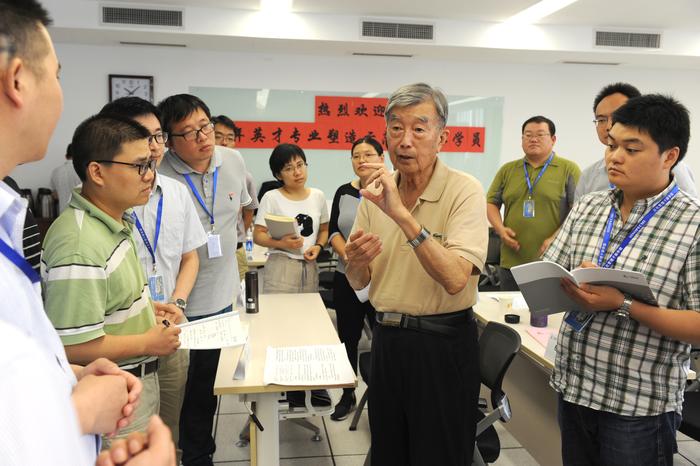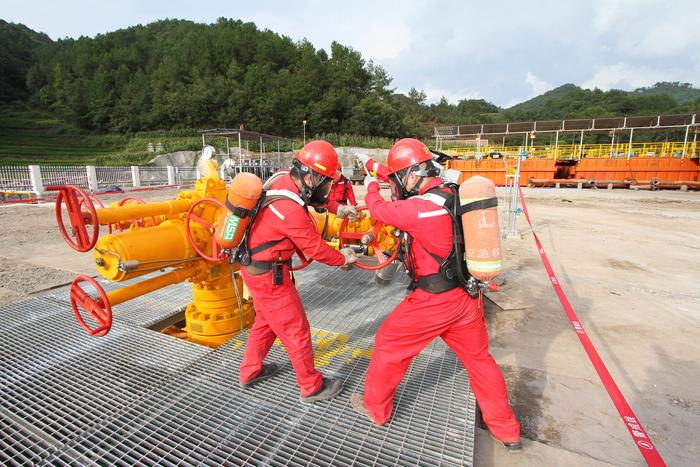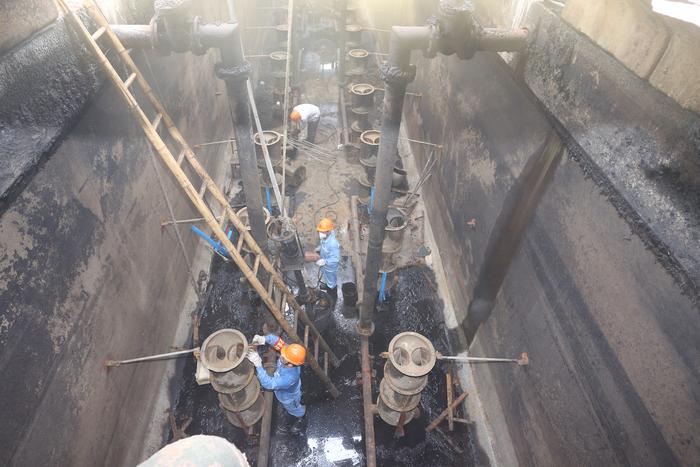|
| 2019-08-07 来源: 中国石化新闻网 |
| 石化新闻 |
|
中国石化新闻网讯 据路透社新加坡报道,荷兰皇家壳牌公司发言人周二告诉路透社,该公司正在考虑安装太阳能电池板,为其在新加坡毛广岛的炼油厂提供电力。 她说:“我们正在探索在我们的毛广岛生产基地安装太阳能电池板的潜力。”但没有提供进一步的细节。 毛广岛生产基地包括一个日产能为50万桶的炼油厂,这是壳牌最大的独资炼油厂。 作为提高能源效率和减少碳足迹计划的一部分,壳牌一直在为其在新加坡的其他地点探索太阳能设施。 在全球范围内,壳牌正在中国、印度、意大利、新加坡和瑞士的七家润滑油工厂的屋顶上安装太阳能光伏电池板。 到目前为止,它已经确定了三个位于新加坡西部的制造业和物流业基地,分别位于图亚斯(Tuas)、裕廊岛(Jurong Island)和潘丹岛(Pandan),以安装太阳能光伏发电系统,总峰值容量约为3兆瓦。 将于下月投入使用的三个壳牌太阳能发电场中的第一个也是最大的一个,将有6500多块板放置在图亚斯的润滑油厂上方,预计太阳能每年将生产约3300兆瓦小时的可再生能源。 该公司表示,所产生的太阳能将用于帮助图亚斯润滑油厂的电力运行,此外,这还可以减少三分之一因工厂用电排放产生的温室气体,这相当于700 辆汽车不上路行驶一年。 该公司表示,壳牌位于潘丹岛和裕廊岛的工厂的太阳能板安装预计将分别于2019年底和2020年初开工。 壳牌表示,作为其努力尝试低碳解决方案的一部分,该公司已与新加坡能源市场主管部门签署了一份谅解备忘录,共同开发能源储存系统。 壳牌表示:“这可能包括试点商业上可行的商业模式,采用创新的解决方案,将存储系统和太阳能集成到壳牌在新加坡的网点上。” 詹晓晶摘自路透社 原文如下: Shell considers solar panels to power Singapore refinery site Royal Dutch Shell (RDSa.L) is considering to install solar panels to power its Bukom refining site in Singapore, a company spokeswoman told Reuters on Tuesday. “We are exploring the potential of installing solar panels at our Pulau Bukom Manufacturing Site,” she said, without providing further details. The Bukom manufacturing site includes a 500,000 barrels-per-day refinery, which is Shell’s largest wholly owned refinery. The oil and gas company has been exploring solar installations for its other sites in Singapore as part of its plans to improve energy efficiency and reduce carbon footprint. Globally, Shell is installing solar photovoltaic panels on the roofs of seven lubricant plants in China, India, Italy, Singapore and Switzerland. It has so far identified three manufacturing and logistics sites in Singapore’s western regions of Tuas, Jurong Island and Pandan to install a solar photovoltaic (PV) power generation system, with a combined peak capacity of about three megawatts. The first and largest of the three Shell solar farms, which will go live next month, will have more than 6,500 panels placed above a lubricant plant in Tuas. The solar farm is expected to produce about 3,300 megawatt hours of renewable energy every year. The generated solar energy will be used to help power operations at the Tuas lubricants plant, the company said, adding that this can result in the avoidance of a third of the greenhouse gas emissions from the plant’s electricity use which is equivalent to taking about 700 cars off the road for one year. Installations at Shell’s sites in Pandan and Jurong Island are expected to start in late 2019 and early 2020 respectively, the company said. Shell said as part of its efforts to try low carbon solutions, the company has signed a Memorandum of Understanding (MoU) with the Energy Market Authority of Singapore to jointly work on energy storage systems. “This could include piloting commercially viable business models with innovative solutions that integrate storage systems and solar power to Shell’s sites in Singapore,” Shell said.
|








